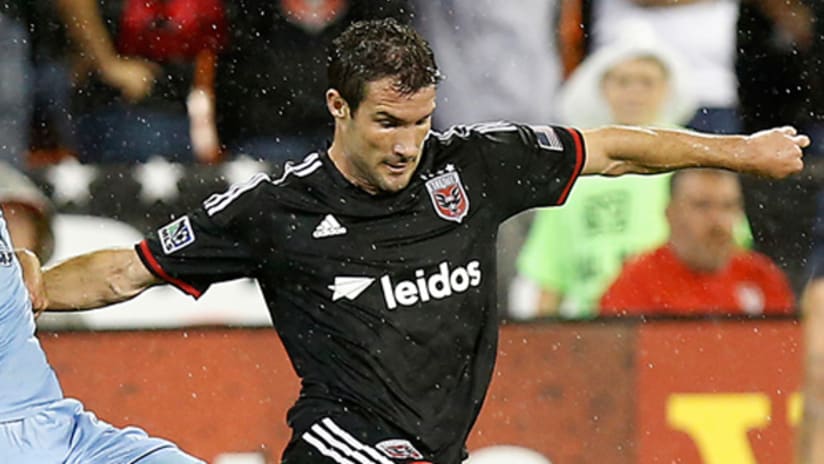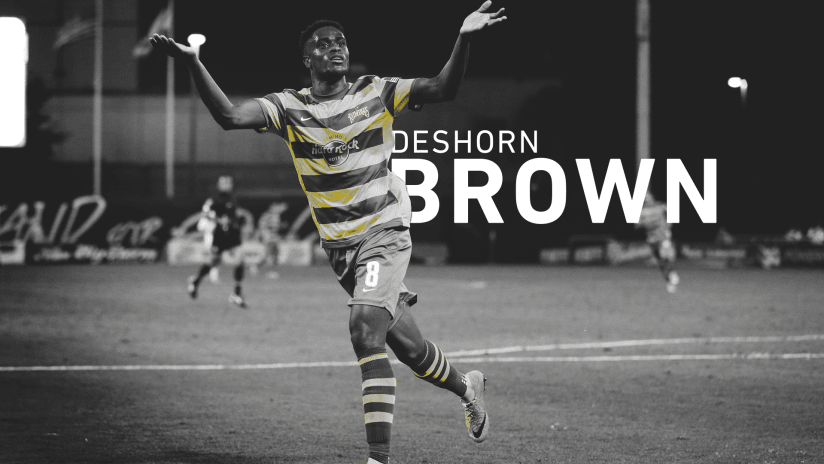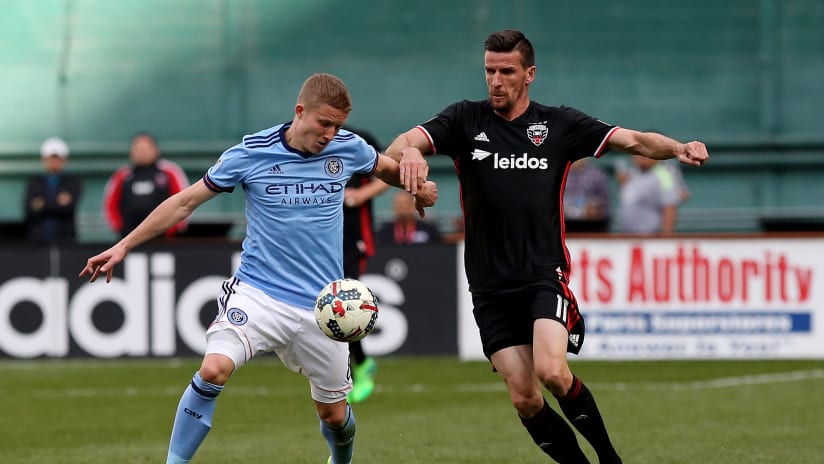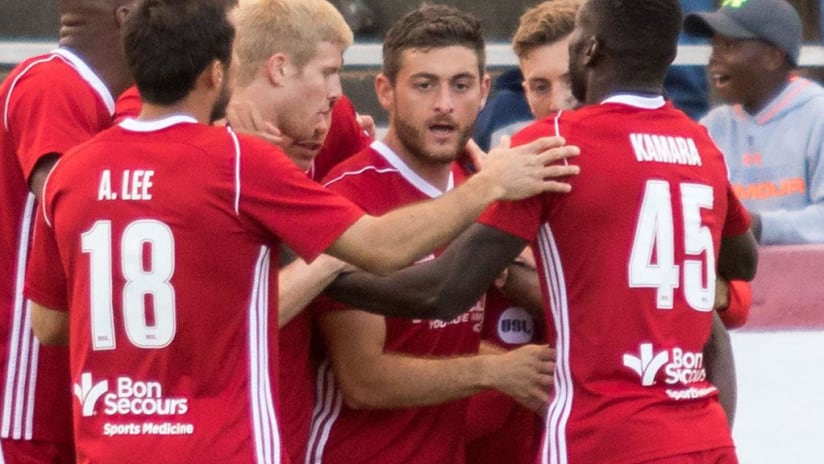He’d been through it twice before, but this time was different, tougher, more uncertain.
Heading into the 2010 season as a second-year MLS player, D.C. United’s Chris Pontius underwent hamstring surgery when his right hamstring muscle tore away from his bone. Recovered by preseason of 2011, Pontius returned to full strength and enjoyed a season in which he earned seven goals and five assists.
After the 2013 season, Pontius’ left hamstring was now in need of repair. So, the club’s longest tenured player returned to the care of Dr. Michael Gerhardt in Santa Monica, Calif. for surgery to mend his hamstring and sciatic nerve damage on Nov. 6. With a return to play (RTP) expected at the standard 4-6 month mark, all were hopeful due to the success of the first surgery, but through the rehabilitation process, it was clear the nerve was not cooperating. In April of 2014, the California-native returned home for a second left-hamstring surgery to repair the proximal hamstring tear and sciatic nerve entrapment.
It’s been a long road back.
“There were definitely days that I came into the locker room thinking I wasn’t ever going to play again,” Pontius said.
“Nerve pain is very unpredictable, and these cases are rare, So, I didn’t exactly know what to expect,” D.C. United Head Athletic Trainer Brian Goodstein said. “The surgery addressed scar tissue around the hamstring repair and sciatic nerve. They did a neurolysis to free the nerve from the tendon and then a nerve specialist put a protective casing (skin graft) around the nerve.”
Choosing a surgeon was a lengthy process this time around. The involved parties traveled to Texas, St. Louis and California to get second and third opinions from the best in the field.
“It was a real desperate time,” said D.C. United General Manager Dave Kasper. “I was always very upbeat about it, and I felt that there was someone out there who could fix this for him. There were a lot of days where some of the opinions we received were that there’s not a guarantee he will be back on the field.”
Those doubts were echoed by certain doctors and hopes of a return were encouraged by others. After choosing Dr. Gerhardt again, Pontius’ rehab started back at the beginning.
“He literally rehabbed nine straight months, with two separate surgeries on the same hamstring,” Kasper said. “It’s a real testament to his mental strength and character to get through that, and obviously the medical staff here did an incredible job, with Goody, and with Gab [Gabriel Manoel, physical therapist], who was working with him 6-7 days a week, sometimes twice a day.”
Through the latter six months, after the second surgery, Manoel and Pontius took a different approach. No timetables, no pressure. Well, at least none that they spoke of.
“We just kind of said we’d take it a day at a time, we wouldn’t put goals for time back until I actually started seeing real progress,” Pontius said. “I think we just didn’t say it to each other. I definitely had goals in my mind in where I wanted to be. They probably did too, and they probably just didn’t tell me, which made it easier.”
The downside to dated goals, verbalized or not, is when they aren’t met, it’s disheartening.
“Say on a Monday, I come in and did all the exercises, and I feel great leaving the stadium, then I wake up on Tuesday and I don’t feel good, it throws you off when you expect to be progressing for that week. So those were the tough days for me. Credit to the people who had to put up with me on those days, especially Gabby, because it wasn’t fun being around me.”
Day-to-day, Pontius’ rehab program was measured based on his ability and pain, not a calendar. He returned to full strength just over four months later, playing the final eight minutes on Sept. 10 in a 1-0 loss to the New York Red Bulls.
“For the daily routine, I would come in and Gab would ask me how I felt. If I felt good, then we would continue with a lot of the routines and the drills that made me feel decent. If we did something one day, and I didn’t react well, we kind of threw that one out the door. It was a lot of trial and error, just seeing how my body responded.”
“Being that this was his second surgery on the same condition, we were more interested in the long term return to soccer and didn’t want him to rush back,” Goodstein explained. “Expected recovery time was 4-6 months. I was pleasantly surprised by his progress and RTP in closer to four months than six.”
Adding the 27-year-old midfielder’s fractured tibia at the end of 2011, Pontius has been battling the injury bug his whole career, only able to show his evident talent in spurts.
“When we first got him, he had a great rookie year,” Kasper said. “He had these nagging injuries and it prevented him from getting to a very elite level. We’re hoping now that he has both of these [hamstrings] fixed, he is able to reach a very elite level.”
The qualities the 2012 MLS Best XI midfielder brings to the Black-and-Red are undeniable, intangible and invaluable. His speed with and without the ball, his dynamic movement, his ability to score and create and his passion and leadership make him a joy to watch and a major contributor to the squad.
Says Kasper: “It’s a blessing to have him back on the field.”
<img src="/sites/dc/files/image_nodes/2014/10/PAMFABFAMCJBHJMK.jpg" style="height: 106px; width: 100px;"> |
<span style="font-size:12px;">2014 D.C. United Gear:</span><span style="font-size:12px;"><em>D.C. United Nordic Knit Hat: $22</em><br><em>Find it at the D.C. United Team Store and <a href="http://www.dcuteamstore.com/Headwear/DC-United-Nordic-Knit-Hat/PAMFABFAMCJBHJMK/3020-3053/Product">ONLINE</a></em></span> |





